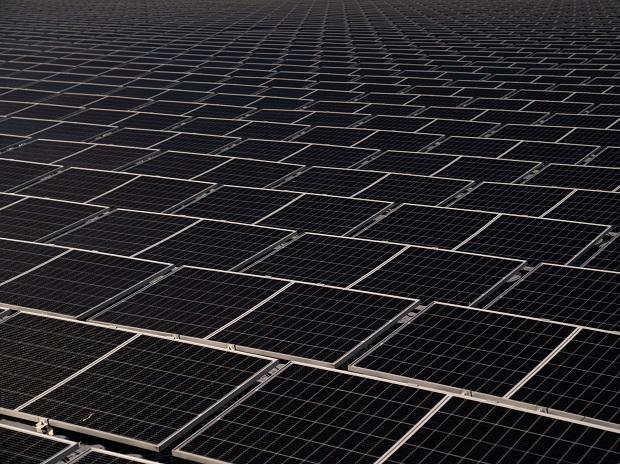Plans for a web of sub-sea cables that would create a continental power grid spanning Japan to India are rapidly becoming cheaper and more feasible, according to a study commissioned by advocates of the technology.
The evolution in high-voltage, direct current technology and ability to lay cables at depths of up to 3,000 meters — opening up previously inaccessible terrain — has strengthened the prospects for a network that could help shift renewable energy generated in one corner of the region to consumers thousands of miles away.
It’s now becoming more possible “to connect energy grids over much longer distances in an economical manner,” the Asia Green Grid Network said Wednesday in a report. “Making it a reality will require overcoming a series of challenges, many of which will require breakthroughs in innovation.”
The group, which includes Sun Cable — developer of a A$30 billion ($19 billion) Australia-to-Singapore solar project — calculates that the main transmission lines for a pan-Asia grid could cost between $77 billion to $116 billion, far lower than similar estimates in the past. However, additional investment would be needed in other major pieces of infrastructure, such as renewable energy, batteries and voltage converters, according to the network.
The idea of connecting power plants and customers across Asia has been pursued for decades, but stymied by issues including lack of government coordination and infrastructure funding. State Grid Corp. of China said in 2016 that such a grid would cost about $50 trillion by 2050.
Backers see the chance to turbocharge the green transition — connecting renewable energy produced in regions with abundant sun, wind or hydropower resources with heavy power consumers in cities and industrial hubs.
While still in its infancy compared to the interconnections in Europe, Asia is taking small steps toward integrating grids. Singapore began receiving hydropower from Laos wired through Thailand and Malaysia earlier this year.
China is also deploying similar ideas on a national scale with the installation of thousands of kilometers of ultra-high voltage lines to link power plants in western deserts to urban centers in the east.
The Asia Green Grid Network was launched by Sun Cable in association with a number of universities in Australia and Singapore to study how to create an integrated regional power network.
Note:- (Not all news on the site expresses the point of view of the site, but we transmit this news automatically and translate it through programmatic technology on the site and not from a human editor. The content is auto-generated from a syndicated feed.))



